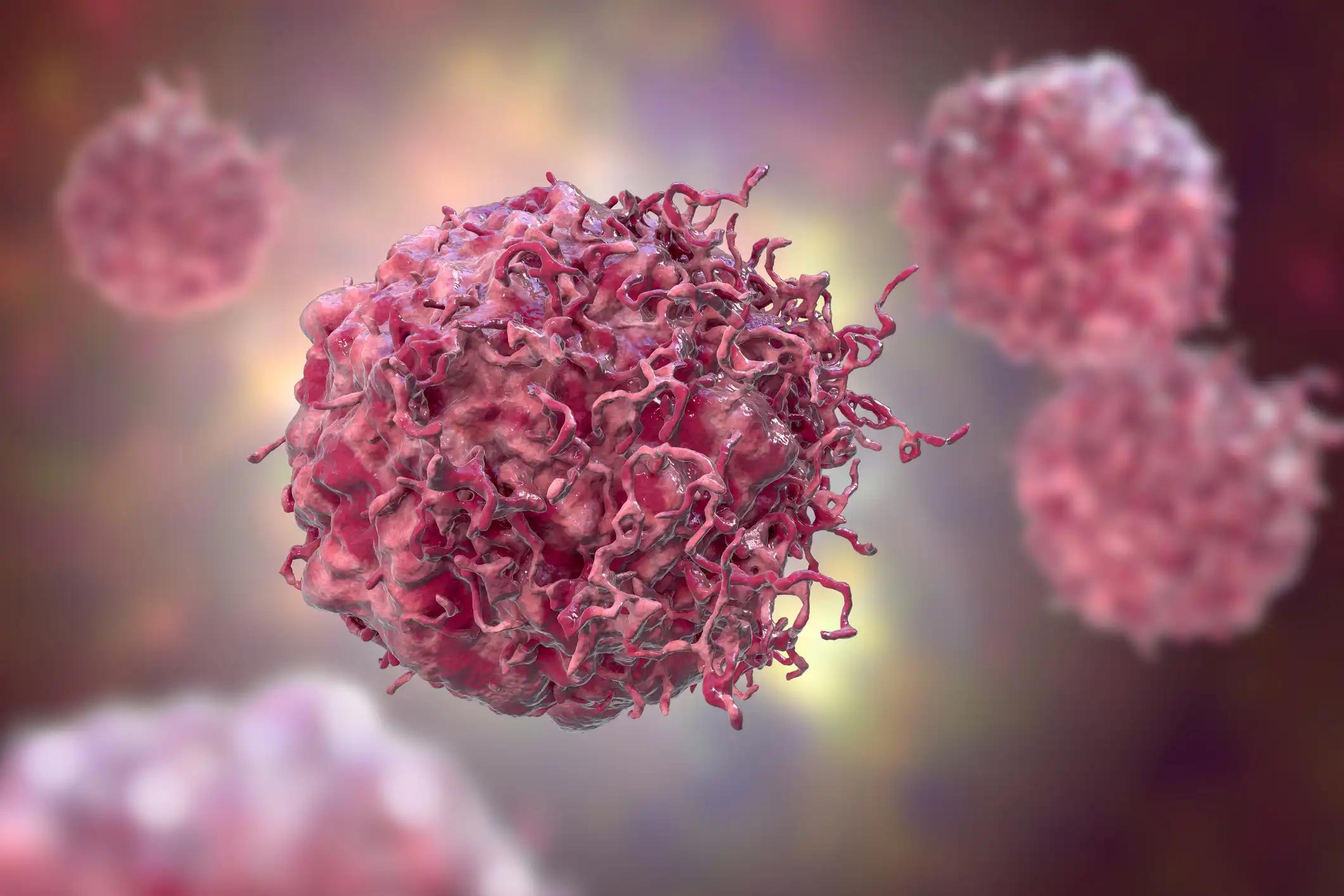KEY TAKEAWAYS
- The NEPTUNE study is a phase 3 trial that compared first-line durvalumab plus tremelimumab (DT) to chemotherapy for metastatic NSCLC. The primary endpoint was OS in patients with PD-L1 TC expression < 1%.
- Among patients with PD-L1 TC < 1%, DT showed a trend towards improved OS versus chemotherapy, with medians of 15.0 months (DT) and 11.7 months (chemotherapy) and 24-month rates of 36.0% (DT) and 17.9% (chemotherapy).
- In the ITT population, OS was prolonged with DT versus chemotherapy, with medians of 20.0 months (DT) and 14.1 months (chemotherapy) and 24-month rates of 44.2% (DT) and 30.4% (chemotherapy).
- PFS was similar in the PD-L1 TC < 1% and ITT populations, but 12-month rates indicated benefit in the survival curve tails.
- DT was well tolerated, with no new safety signals. Grade 3/4 treatment-related adverse events (TRAEs) occurred in 31.2% with DT and 52.6% with chemotherapy, with a low discontinuation rate due to TRAEs.
The NEPTUNE study (NCT02542293) compared chemotherapy with first-line durvalumab + tremelimumab (DT) for patients with metastatic NSCLC. With a large cohort, researchers performed exploratory analyses with known parameters. Participants were assigned a 1:1 chance to receive either DT or regular chemotherapy based on factors such as PD-L1 expression in tumor cells (TCs) (≥25% vs. <25%), histology, and smoking status.
The Overall survival (OS) was the primary endpoint for this cohort study. In addition, safety and progression-free survival (PFS) in the ITT population and PD-L1 subgroups, as well as OS, were analyzed as secondary outcomes. These cohort analyses did not have an assigned alpha (data cut-off, 21 September 2020).
A total of 78 patients were assigned to receive DT, while the remaining 82 received chemotherapy; 26 of the patients with DT and 29 of patients with chemotherapy had PD-L1 TC of 1% or less (median follow-up, 31.2 and 29.7 months [censored patients]). Median overall survival (OS) was 15.0 months (95% CI, 10.5-27.4) and 11.7 months (95% CI, 8.6-20.5) for patients with PD-L1 TC 1% and chemotherapy, respectively; 24-month rates were 36.0% (95% CI, 18.2-54.2) and 17.9% (95% CI, 6.5-33.7), favoring DT.
In the ITT population, the median OS for the DT and chemotherapy groups was 20.0 and 14.1 months, and the 24-month OS rate was 44.2% and 30.4%, respectively. 12-month rates were 15.6% compared to 11.3% and 23.9% versus 16.6% in the PD-L1 TC 1% (HR 1.13; 95% CI, 0.59-2.14) and ITT (HR 0.95; 95% CI, 0.66-1.36) groups, respectively.
Around 31% of those receiving DT had a TRAE of grade 3/4, compared to 52.6% of those receiving chemotherapy; 3.9% versus 10.3% terminated treatment due to TRAEs. Among Chinese patients in the PD-L1 TC 1% sample and the ITT population, first-line DT tended to improve OS compared to chemotherapy in exploratory studies, with 24-month OS and 12-month PFS rates indicating benefit in survival curve tails. Without any additional safety signals, DT was widely tolerated.
Source: https://www.lungcancerjournal.info/article/S0169-5002(23)00043-0/fulltext
Clinical trial: https://clinicaltrials.gov/ct2/show/NCT02542293
Cheng, Y., Zhou, Q., Han, B., Fan, Y., Shan, L., Chang, J., Sun, S., Fang, J., Chen, Y., Sun, J., Wu, G., Mann, H., Naicker, K., Shire, N., Mok, T. and de Castro, G. (2023). NEPTUNE China cohort: First-line durvalumab plus tremelimumab in Chinese patients with metastatic non-small-cell lung cancer. Lung Cancer, 178, pp.87–95. doi:https://doi.org/10.1016/j.lungcan.2023.01.013.



